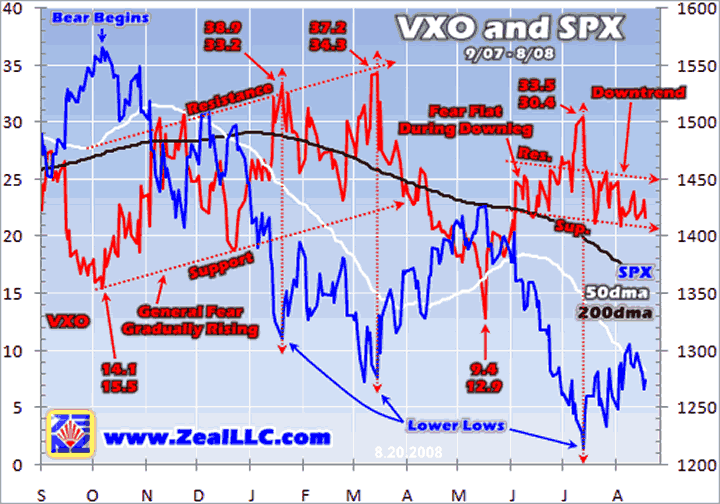Don t Be Fooled By The Hype Bearmarket Funds Can Maul You
Post on: 18 Апрель, 2015 No Comment

Mutual Funds
April 5, 1998 | By Charles Jaffe, Boston Globe
If you want to find a fund that will make money if the stock market takes a nose dive, simply look at the bottom of the year-to-date performance charts.
Bear-market funds are a tiny segment of the fund world, but they get a disproportionate amount of the ink. With the market booming, any fund designed to profit from the inevitable downturn/correction/doomsday has a good story to tell.
In the first three months of this year, Rydex Ursa, Prudent Bear, Potomac US Short, Potomac OTC Short, Comstock Partners Capital Value, Profunds Bear and Profunds Ultrabear all have lost at least 10 percent. The Standard & Poor’s 500 index was up 13.95 percent during that time, and the average stock fund is up nearly 11 percent, according to Lipper Analytical Services.
The lousy results amid repeated market highs are enough to make you wonder why any sane person would invest in one of these funds.
There, too, the answer lies in the numbers. Look at the S&P and the average fund and project those first-quarter returns out for the entire year. The annualized returns are staggering: 68.6 percent for the index, 53.5 percent for the average fund.
«Those numbers are incomprehensible, and everyone knows they can’t be sustained,» says A. Michael Lipper of Lipper Analytical. «Logically, that knowledge drives people to look for something that will work in down times. But there is a difference between finding a fund that you think can weather a storm and one that is designed to profit from it.»
Many bear-market funds are designed to do the opposite of the S&P 500, like an index fund in reverse. The S&P gains 10 points, the bear fund loses 10. But when the index falls, the fund wins.
As illustrated by the most recent quarter, bear-market funds amount to a high-risk bet that the market is going to go down.
Think of managing your portfolio the way you would drive a car. If you were driving a little too fast for road conditions and felt unsafe, you might lift your foot from the accelerator or tap the brakes.
In the mutual fund world, that would mean pulling some of your money out of stock funds and putting it into balanced, bond or money market offerings to cut market risk in nervous times.
Putting your money into a bear-market fund would be the equivalent to throwing your car into reverse. The bottom might fall out.
«There is plenty of evidence about how hard it is to ease up at the right time,» says Don Phillips, president of Morningstar Inc. «But if you go to money markets and you are wrong, the damage is mitigated. You miss some gains, but it’s not so bad.
«With bear-market funds, you are playing the most difficult game on Wall Street — timing the market — with some of the most potent tools imaginable. It’s great if you are right, but it’s playing with fire. If you lose, you’ll lose big.»














